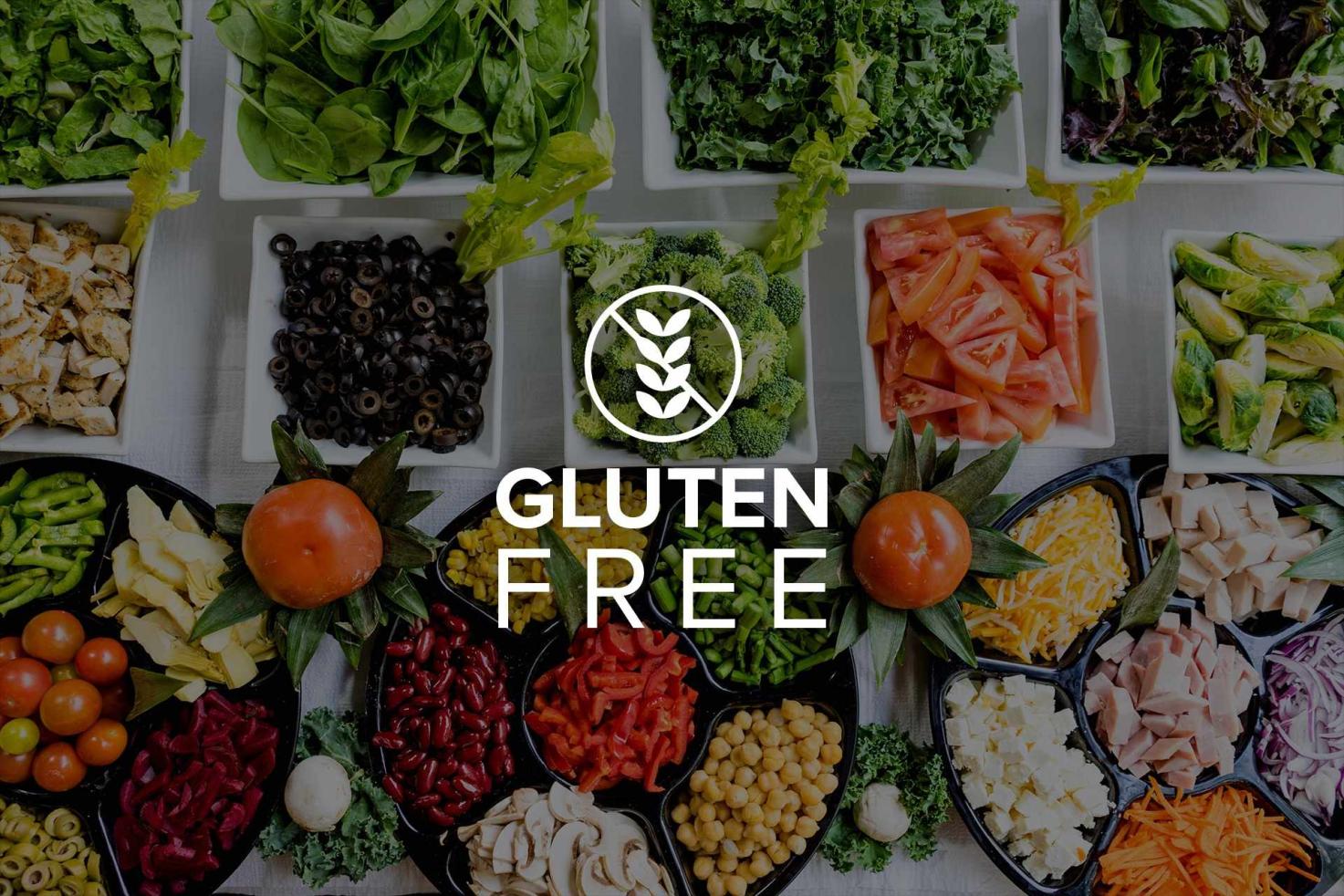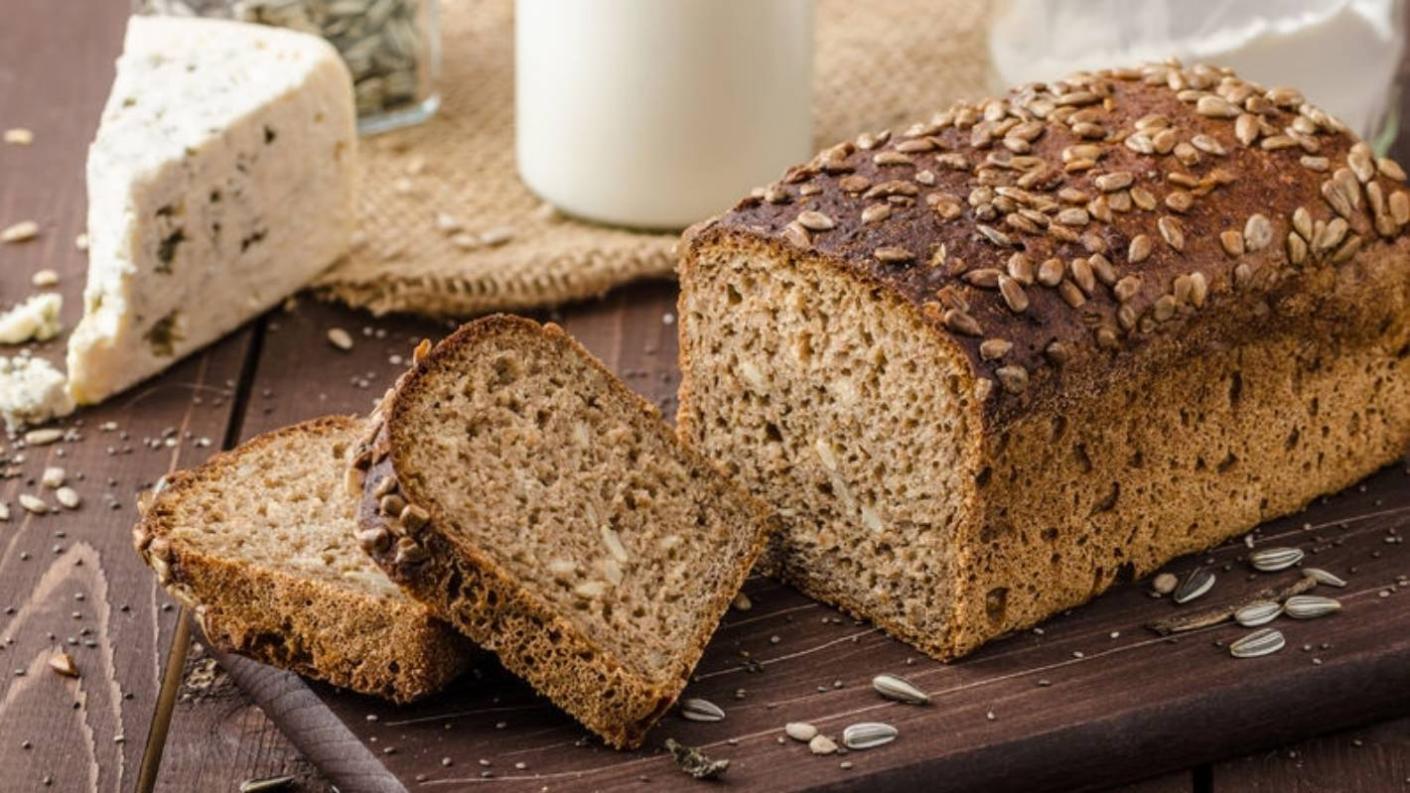Gluten-Free Recipes: How Can I Ensure They're Truly Gluten-Free?
Gluten, a protein found in wheat, barley, and rye, can be a major dietary concern for individuals with celiac disease or gluten sensitivity. Adhering to a strict gluten-free diet is essential for managing these conditions and maintaining overall health. This article aims to provide guidance on ensuring the authenticity and safety of gluten-free recipes, empowering individuals to confidently enjoy a gluten-free lifestyle.

Understanding Gluten-Free Ingredients
Gluten-Containing Grains and Derivatives:
- Wheat: Includes all varieties, such as durum, semolina, and spelt.
- Barley: Commonly used in brewing and as a grain in soups and stews.
- Rye: Often found in breads, crackers, and some types of pasta.
- Derivatives: Malt, malt flavoring, hydrolyzed vegetable protein, and modified food starch may contain gluten.
Common Gluten-Free Grains and Flours:
- Rice: A versatile grain used in various dishes, including rice flour.
- Quinoa: A gluten-free grain with a nutty flavor and high protein content.
- Buckwheat: Despite its name, buckwheat is a gluten-free grain with a slightly bitter taste.
- Almond Flour: Made from ground almonds, almond flour adds a rich flavor and texture to baked goods.

Starches and Thickeners:
- Cornstarch: A common thickener used in sauces, soups, and gravies.
- Potato Starch: Derived from potatoes, potato starch is a gluten-free thickener and binder.
- Arrowroot Starch: A gluten-free starch with a neutral flavor, often used in baking and thickening sauces.
- Xanthan Gum: A gluten-free gum used as a thickener and stabilizer in gluten-free baking.
Sourcing Gluten-Free Ingredients
Certified Gluten-Free Ingredients:
- Purchasing certified gluten-free ingredients is crucial for ensuring their authenticity.
- Look for products with a gluten-free certification label from reputable organizations.
Reputable Gluten-Free Certification Organizations:
- Gluten-Free Certification Organization (GFCO): A leading gluten-free certification program.
- Celiac Support Association (CSA): Offers a gluten-free certification program and resources.
- National Celiac Association (NCA): Provides gluten-free certification and educational resources.
Reading Ingredient Labels:
- Carefully read ingredient labels to avoid hidden sources of gluten.
- Be aware of common gluten-containing ingredients, such as malt, hydrolyzed vegetable protein, and modified food starch.
Preparing Gluten-Free Meals
Clean and Gluten-Free Kitchen Environment:
- Maintain a clean and gluten-free kitchen to prevent cross-contamination.
- Regularly clean surfaces, utensils, and appliances with gluten-free cleaning products.
Preventing Cross-Contamination:
- Use separate cutting boards, utensils, and cookware for gluten-free food preparation.
- Avoid using the same utensils or surfaces for gluten-containing and gluten-free foods.
Dedicated Utensils, Cookware, and Cutting Boards:
- Invest in dedicated utensils, cookware, and cutting boards specifically for gluten-free food preparation.
- Label these items clearly to prevent mix-ups.
Cooking And Baking With Gluten-Free Ingredients
Unique Properties of Gluten-Free Flours:
- Gluten-free flours have different properties than wheat flour, affecting the texture and flavor of baked goods.
- Gluten-free flours tend to be denser and less elastic than wheat flour.
Adjusting Recipes for Gluten-Free Ingredients:
- When using gluten-free flours, adjust recipes to accommodate their unique properties.
- Consider using a combination of gluten-free flours to achieve the desired texture and flavor.
Tips for Successful Gluten-Free Baking:
- Incorporate moisture into gluten-free baked goods to compensate for the lack of gluten's binding properties.
- Use a combination of flours to achieve a balanced texture and flavor.
- Experiment with different recipes and techniques to find what works best for you.
Dining Out With Gluten-Free Restrictions
Challenges of Dining Out:
- Dining out with gluten-free restrictions can be challenging due to the risk of cross-contamination.
- Many restaurants may not have adequate knowledge or preparation for gluten-free dining.
Strategies for Communicating Dietary Needs:
- Clearly communicate your gluten-free dietary needs to restaurant staff.
- Ask about dedicated gluten-free menus, separate preparation areas, and cross-contamination prevention measures.
Recommendations:
- Choose restaurants with a reputation for accommodating gluten-free diets.
- Call ahead to inquire about their gluten-free options and procedures.
Adhering to a gluten-free diet is essential for individuals with celiac disease or gluten sensitivity. This article provided guidance on ensuring the authenticity and safety of gluten-free recipes, empowering individuals to confidently navigate a gluten-free lifestyle. By understanding gluten-free ingredients, sourcing certified products, maintaining a clean kitchen environment, and adjusting recipes accordingly, individuals can enjoy a safe and delicious gluten-free diet. Dining out with gluten-free restrictions requires careful communication and research, but with proper planning and preparation, individuals can enjoy a variety of gluten-free dining options.
YesNo

Leave a Reply